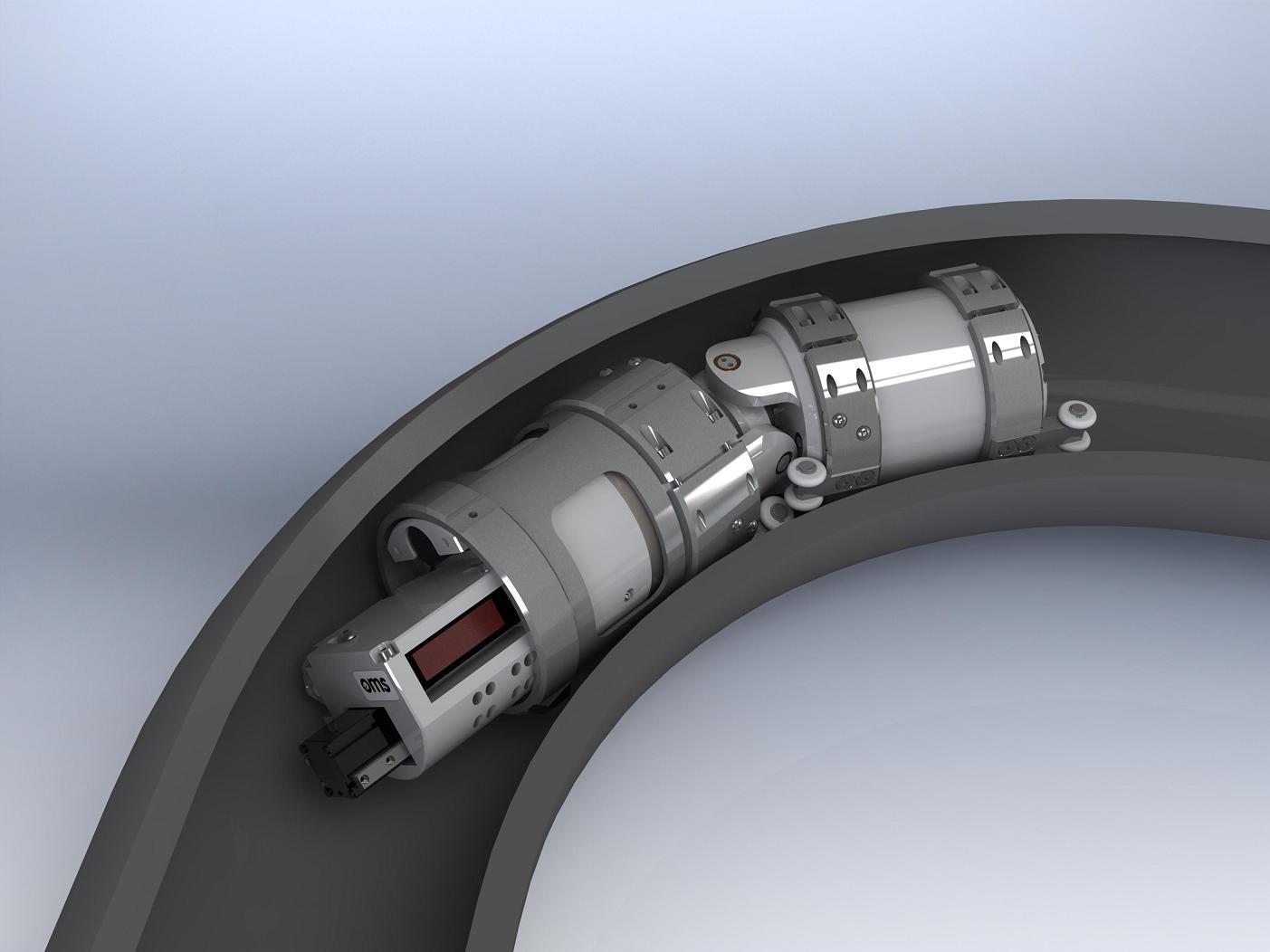Quality Assurance Guaranteed: Expert Pipeline Welding Inspection Solutions
Quality Assurance Guaranteed: Expert Pipeline Welding Inspection Solutions
Blog Article
Comprehensive Overview of Pipeline Welding Inspection Procedures
Pipe welding assessment procedures play an essential duty in ensuring that bonded links satisfy stringent sector requirements and specifications. From thorough pre-welding assessments to extensive post-weld assessments, a distinct evaluation procedure is vital for maintaining the architectural stability of pipes.
Pre-welding Evaluation Preparations
Prior to beginning the welding procedure, complete pre-welding evaluation prep work are vital to make certain the stability and top quality of the weld joint. These preparations entail a meticulous assessment of the products to be welded, the welding tools, and the work atmosphere. The materials need to be inspected for any type of flaws, contaminants, or disparities that might endanger the weld. This includes checking for appropriate product qualities, dimensions, and surface conditions. Pipeline Welding Inspection. Furthermore, the welding tools needs to be inspected to confirm that it remains in excellent functioning problem, calibrated correctly, and appropriate for the certain welding procedure. Any kind of concerns with the devices should be dealt with without delay to protect against issues in the weld. Finally, the workplace must be assessed for tidiness, appropriate air flow, and precaution to make certain a favorable setting for the welding operation. By conducting comprehensive pre-welding evaluation preparations, potential concerns can be recognized and settled beforehand, bring about high-grade and trusted weld joints.
Welding Procedure Credentials
Extensive pre-welding inspection prep work lay the structure for the vital process of Welding Procedure Credentials, making sure the integrity and high quality of the weld joint. Welding Treatment Qualification (WPQ) is an essential action in the welding procedure that involves testing and licensing welding procedures to ensure they fulfill details requirements and demands. The WPQ procedure generally includes welding procedure requirements development, welding procedure credentials screening, and documentation of the outcomes.
Throughout welding treatment specification advancement, crucial information such as the welding procedure, welding products, joint design, and welding specifications are specified to develop an extensive procedure. Ultimately, welding treatment qualification testing is carried out to verify the recommended treatment's honesty. This testing frequently includes welding examination promo codes that are subjected to various mechanical and non-destructive tests to evaluate the weld's high quality and adherence to the specified requirements.
In-process Weld Assessment
Throughout the welding procedure, in-process weld examination plays an essential function in making sure the top quality and honesty of the weld joint - Pipeline Welding Inspection. This kind of examination entails monitoring the welding parameters, assessing you can look here the weld bead development, and detecting any potential defects or discontinuities as they occur. By conducting in-process weld examinations, welding drivers can without delay attend to any type of problems that may arise, thereby preventing more flaws and making sure that the last weld satisfies the required requirements
Typical approaches used for in-process weld examination include visual evaluation, liquid penetrant screening, magnetic bit screening, ultrasonic testing, and radiographic testing. On the whole, in-process weld evaluation is necessary for maintaining the high quality and dependability of welded pipes.
Non-destructive Screening (NDT)
Non-destructive Testing (NDT) is an essential technique employed in pipe welding inspection More Bonuses to evaluate the honesty of weld joints without triggering damages to the bonded framework. By utilizing various NDT methods, examiners can review the top quality of welds and identify any problems or stoppages that may compromise the structural stability of the pipeline. Typical NDT techniques utilized in pipe welding assessment consist of Radiographic Screening (RT), Ultrasonic Screening (UT), Magnetic Fragment Examining (MPT), Fluid Penetrant Screening (LPT), and Visual Screening (VT)
RT includes the use of X-rays or gamma rays to produce photos of the interior structure of the weld, permitting examiners to discover defects such as porosity, splits, or insufficient fusion. Additionally, VT entails visual examination of welds to determine any noticeable flaws.
Post-weld Evaluation and Documents

Documents of post-weld assessment searchings for is crucial for maintaining quality control records and guaranteeing compliance with industry requirements and laws. Thorough reports should consist of info about the inspection methods made use of, the place and nature of any issues located, and any rehabilitative activities taken - Pipeline Welding Inspection. Appropriate documentation not only acts as a record of the weld's top quality but likewise help in future maintenance and evaluation procedures
Verdict

In verdict, pipe welding inspection procedures play an important function in making certain the top quality and honesty of welds. Overall, adherence to proper inspection protocols is essential to the success of pipeline welding projects.
From precise pre-welding evaluations to detailed post-weld evaluations, a well-defined evaluation process is important for maintaining the structural soundness of pipes. By performing in-process weld assessments, welding drivers can quickly deal with any issues that might develop, consequently guaranteeing and preventing more flaws click for source that the final weld meets the called for specs.
Typical techniques used for in-process weld inspection consist of aesthetic evaluation, liquid penetrant testing, magnetic bit testing, ultrasonic screening, and radiographic testing.Non-destructive Testing (NDT) is an essential technique employed in pipe welding evaluation to assess the honesty of weld joints without causing damages to the welded framework. Post-weld evaluation entails different methods to examine the welds for defects, consisting of visual assessment, dye penetrant screening, magnetic particle testing, ultrasonic screening, and radiographic testing.
Report this page